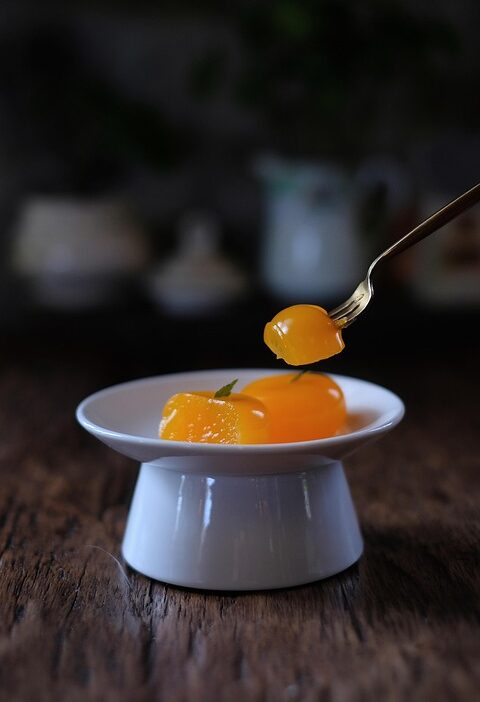In the culinary world, presentation is just as important as taste. Elevating your home cooking with creative plating techniques can transform a simple meal into an extraordinary dining experience. Whether you’re preparing a cozy dinner for two or planning for a special occasion, mastering these creative plating methods can impress your guests and elevate your culinary skills. Here’s how you can make every meal a feast for the eyes.
1. The Basics of Plating
Before diving into advanced techniques, let’s cover some essential principles of plating:
- Cleanliness: Use a clean plate and wipe the edges to avoid smudges.
- Balance: Distribute food evenly on the plate for a harmonious look.
- Color Contrast: Use vibrant ingredients to create a visually appealing dish.
- Height: Create dimension by stacking components or using garnish.
2. Layering Techniques
Layering is an effective way to add height and interest to your dish. Here’s how to do it:
-
Foundation First: Start with a base—this could be a puree, sauce, or bed of grains. For instance, a rich pesto or beet puree can serve as a colorful foundation.
-
Stack Strategically: Add proteins or vegetables on top, arranging them in an interesting way. For example, stack grilled chicken slices with sautéed asparagus for an appealing look.
- Finish with Garnish: Sprinkle microgreens or edible flowers at the top to add a touch of elegance.
3. The “Swoosh” Technique
The swoosh is a popular plating technique that adds a splash of style and flair. Here’s how to execute this:
-
Use a Spoon or Brush: Dip the back of a spoon or a brush into a sauce or puree and create a dynamic swoosh across the plate.
-
Tap into Flavor: Allow the sauce to complement the dish. A rich balsamic reduction can elevate the experience when paired with grilled meats.
- Strategic Placement: Place your main ingredients over the swoosh for a modern aesthetic.
4. The “Stacked” Presentation
Stacking is visually impressive and can add height, making a dish more appealing:
-
Start with a Base: Use a solid item like a polenta cake or a fritter as a base.
-
Layer with Ingredients: Add proteins and garnishes in layers while ensuring stability. A well-stacked burger or a tower of vegetables may catch the eye.
- Finish with Flair: Crown your stack with a sprig of herbs or a delicate drizzle of sauce.
5. The Negative Space Method
Embracing negative space helps avoid clutter and focuses attention on your focal ingredients:
-
Choose a Few Key Elements: Instead of filling the plate, select one or two items to highlight.
-
Position Wisely: Place your food off-center, leaving ample white space around the plate. This draws the eye to your main ingredients and adds sophistication.
- Garnish Thoughtfully: Use small garnishes or sauces in the empty spaces to create balance without overwhelming the presentation.
6. Incorporating Textures
Textures add an interesting element to visual presentation:
-
Crunchy Elements: Sprinkle toasted nuts, crispy onions, or breadcrumbs to add a contrasting texture to creamy or soft elements.
-
Smooth vs. Chunky: Use purees paired with chunky vegetables to create dynamic interest. For instance, a vibrant carrot puree under crisp roasted root vegetables offers both color and texture.
- Play with Shapes: Cut food into various shapes—cubes, slices, and quenelles can provide visual intrigue.
7. Use of Color
Color is crucial for an appealing plate. Here’s how to use it effectively:
-
Rainbow Ingredients: Incorporate a variety of colorful vegetables and fruits. A vibrant salad or a medley of roasted veggies can brighten the plate.
-
Contrast with Sauces: Use colored sauces to enhance and complement the dish. A bright green cilantro sauce can beautifully contrast a warm brown beef stew.
- Edible Flowers and Microgreens: These can add pops of color and sophistication to your presentation.
8. The Finishing Touches
Details matter. A few finishing touches can elevate your dish significantly:
-
Drizzles and Dots: Use a squeeze bottle to create artistic dots, swirls, or drizzles on the plate.
-
Herb Sprigs: A strategically placed herb sprig can add freshness and visual appeal.
- Seasoning: Sprinkle flaky sea salt or a touch of freshly cracked pepper for both taste and aesthetic appeal.
Conclusion
Elevating your home cooking through creative plating techniques not only enhances your meals but also makes the cooking experience more enjoyable. With practice and experimentation, you can turn everyday dishes into artful presentations that delight both the eyes and the palate. So next time you cook, remember: it’s not just about what’s on the plate but how it’s presented. Embrace these techniques and watch your home dining elevate to new heights!



